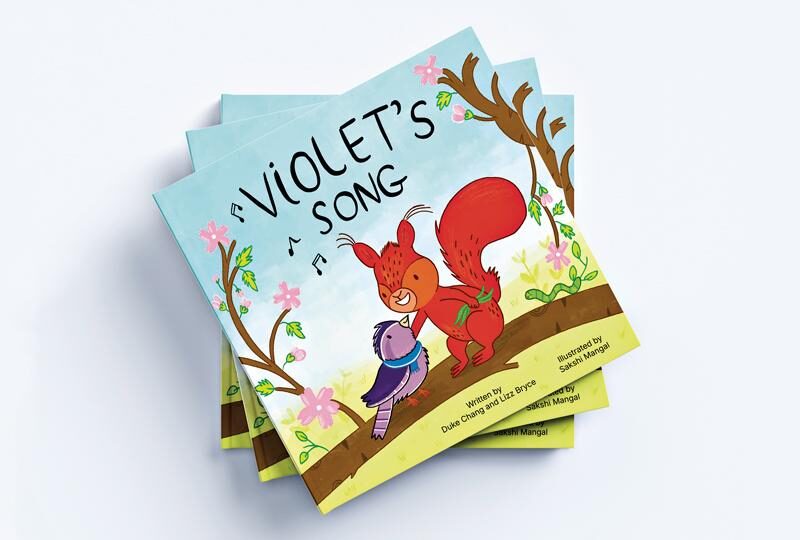Naming what you’re feeling
It’s not always easy to communicate to kids in a way they understand. This is true even in the most obvious sense, that they sometimes lack the experience and the knowledge to understand ideas that are more subtle or complex. It’s also true in a deeper sense, that they haven’t yet learned how to negotiate all the non-verbal, emotional, social levels that play such an important part in communication. They don’t always understand those aspects of themselves very well, and they don’t always read those things in others very well.
An obvious example in very small children is their lack of vocabulary to verbalize their emotions. Where emotionally mature adults should be able to recognize their emotions in a given situation (I feel anxious because I don’t have any control over this situation), and should also be able to express that to others (Hey, listen, I know I’m acting a bit controlling because I’m so anxious about this situation), children might only be able to act badly in response to the unknown emotion.
Helping children in a situation like this needs more than just dealing with their behaviour. Trying to get them to stop a negative behaviour won’t likely end well unless we first help them to name and understand the emotions involved. We need to say to them things like, “I notice that you seem a little bit anxious lately. Is there something that’s worrying you?” And we may need to explain their behaviours to them also, letting them know, “Sometimes when people are stressed about something they can’t control, they end up taking it out on the things they can control.”
This kind of conversation, geared to the level of the child, needs to be happening all the time. For example, I was explaining to my one child today about the reasons that he and his mother sometimes struggle to express themselves to each other. Part of it, I told him, is that he likes to show and receive love primarily through gifts, whereas his mother shows and receives love primarily through doing things for people. She shows her love by making his lunch and helping him with laundry, but he doesn’t really recognize it, because he looks for love through gifts.
Another example came up yesterday when my youngest said to me, “Dad, you’re not helping,” although I thought I was. I tried to help him again, and he repeated, “Dad, you’re not helping.”
Finally I asked him, “What do you mean when you say that I’m not helping.”
He looked at me like I was stupid. “I mean,” he said, “that you’re not doing what I want.”
Which resulted in a nice long conversation about how helping doesn’t always mean doing what someone wants. In fact, sometimes doing what people want wouldn’t be very helpful at all. We talked about different words that he could use to describe his feelings, that he could just tell me that he wanted me to do something different, or maybe ask why I wasn’t doing it the way he wanted.
Too often adults assume that kids understand those subtleties of communication. They learn to talk, and we figure that means they’ve learned to communicate, but that assumption isn’t always accurate. It’s important that we take the time to help them through situations that have complicated emotions and social implications. It lets them understand their emotions, regulate their behaviours, and express themselves to others better – all of which should mean less fights around the house.





